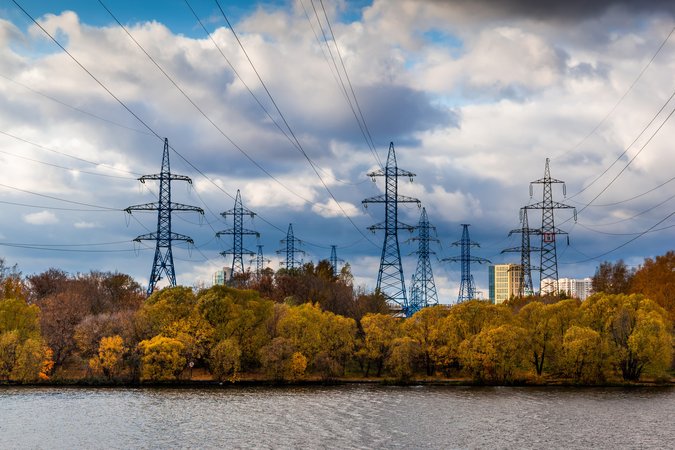How Carbon Neutral is Bioenergy?
Presenter
Roger Sedjo, RFF Senior Fellow and Director, Center for Forest Economics and Policy
Download Presentation (PDF)
Abstract
The IPCC (2006) has supported the view that wood biomass is “carbon neutral” in that its use for bioenergy has zero net carbon emissions since the emissions released in its utilization for energy are subsequently captured in forest regrowth. This generally accepted view, however, has recently come under increasing criticism from various sources. Using a static accounting life cycle type analysis, for example, the Manomet study (2010) suggests that the use of wood for biofuels will result in a drawdown of the forest stock and a net reduction in the carbon captured in the forest, at least for very long periods.
To properly account for the emissions from wood used for bioenergy, however, one must move beyond a static lifecycle analysis to consider intertemporal market system interactions. Our study examines carbon neutrality among commercial forests responding to market forces. Markets react to price increases on both the demand and supply sides. In responding to price increases harvests increase thereby decreasing the forest stock. However, on the supply side forest managers respond to anticipated price increases by expanding investments in current and future forest stocks. Using a dynamic programing model we examine the relationship between the declines in forest stock due to harvest and the expansion of stocks due to investments. The results show that under market optimizing conditions when future demand is anticipated to increase for significant periods, the response of managers will be to increase the area and intensity of forest production thereby offsetting much and often all and more of the carbon released in bioenergy production. Since forests have lengthy growth periods, the increases in forest and carbon stocks will precede the harvests.




